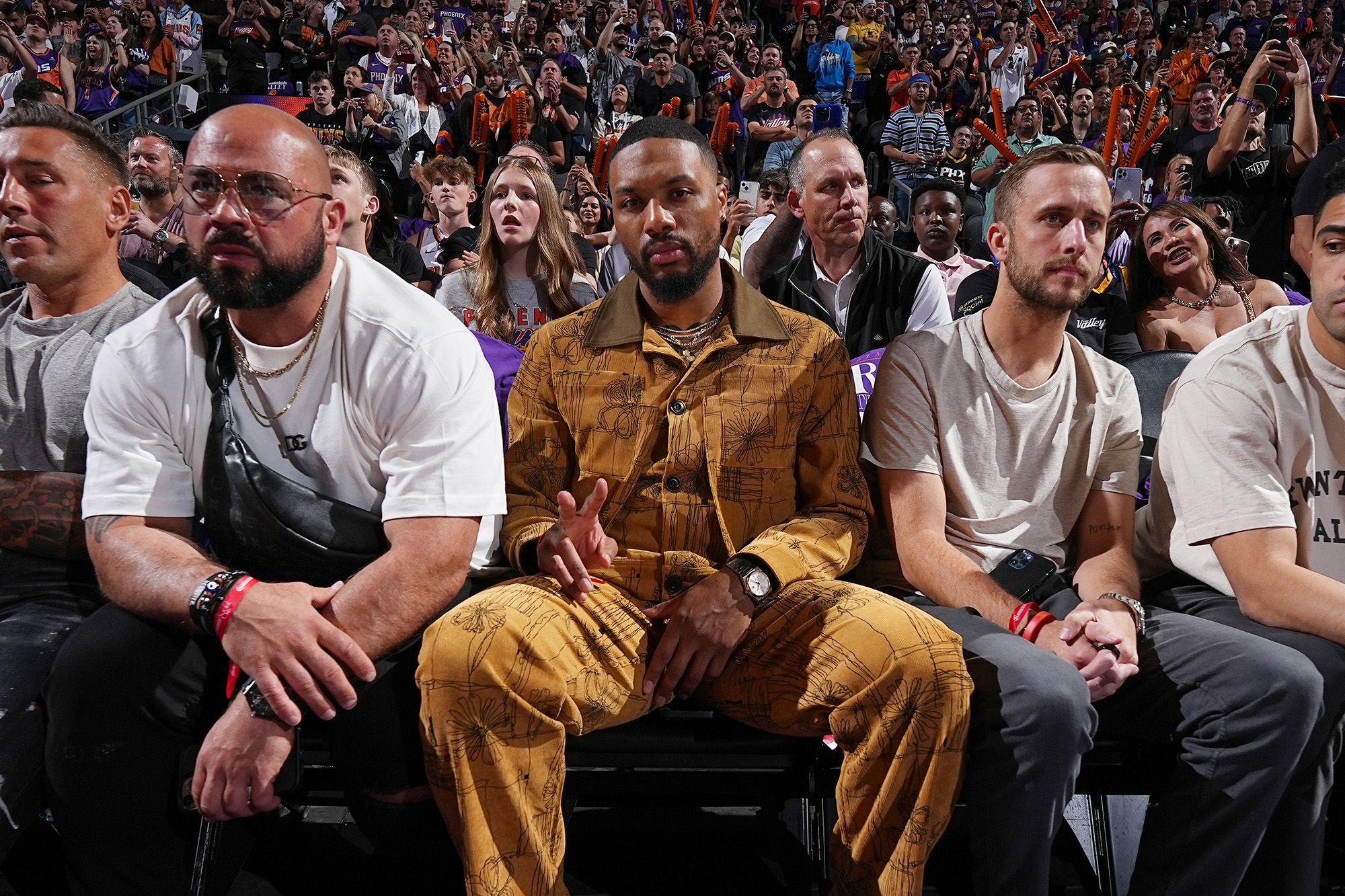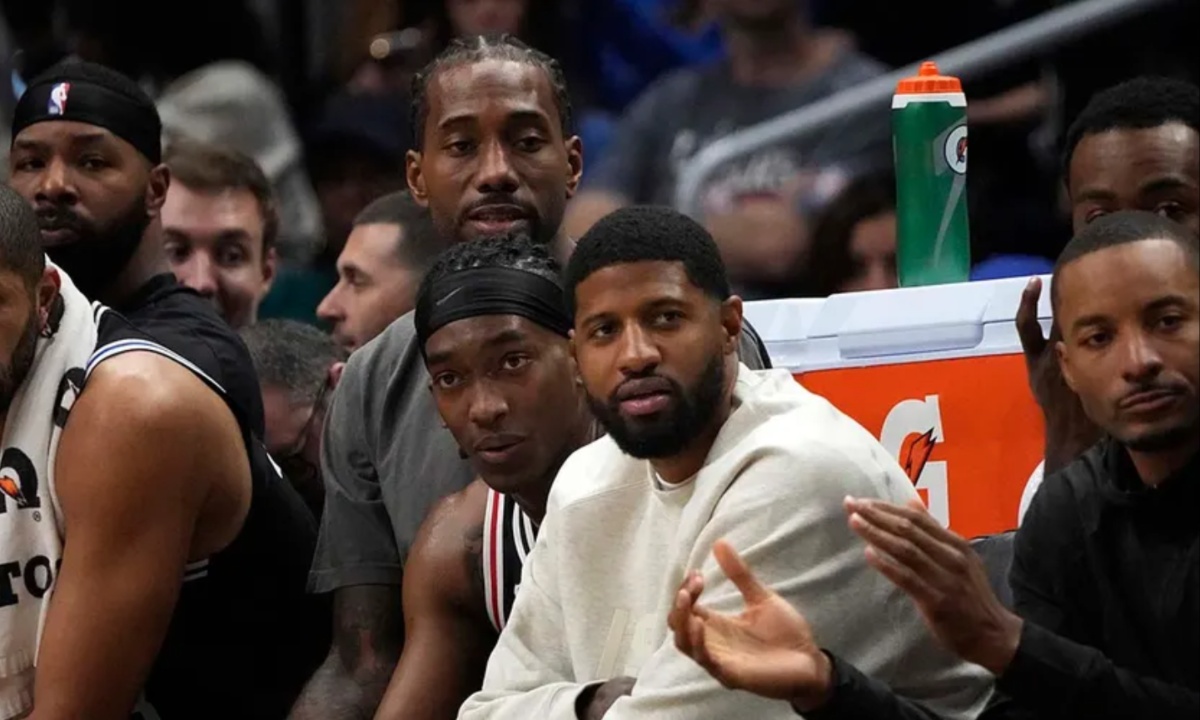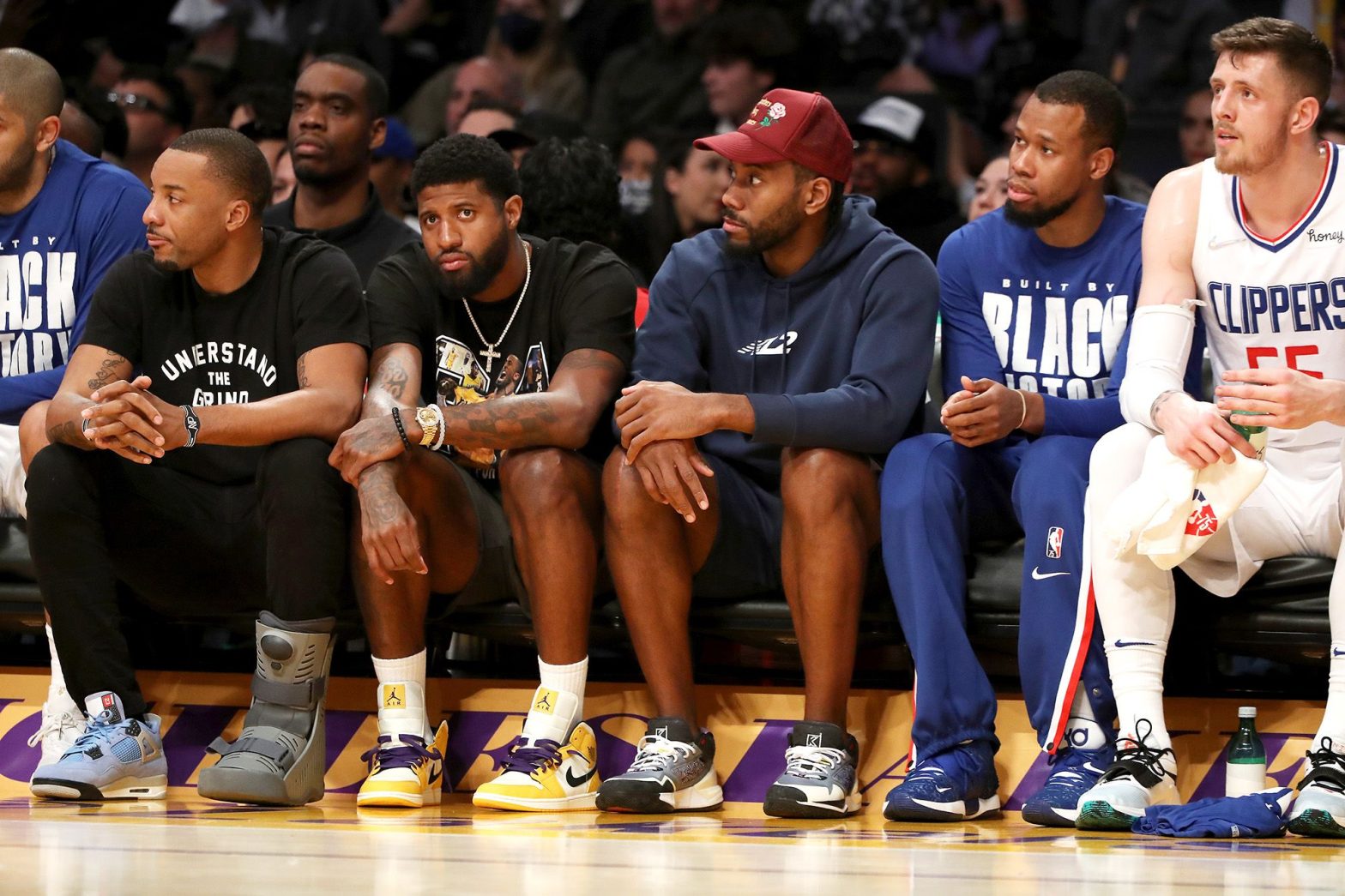For years, the NBA has dealt with the issue of load management, where healthy players sit out games to preserve their physical condition. This practice, supported by advancements in sports science, was initially intended to reduce injuries and prolong careers. However, it has sparked frustration among fans who pay high prices to see games, only to find star players absent. Commissioner Adam Silver recently introduced new policies to address these concerns, marking a significant shift in the league’s response to the issue. This move aims to restore the trust of fans and media partners who feel sidelined by the practice.
Fans have long voiced their dissatisfaction with the unpredictability of player availability. Buying tickets to see high-profile stars often feels like a gamble, and the disappointment is even greater for nationally televised games. These games are marketed as marquee matchups, but when stars sit out, the excitement diminishes. Silver, who once defended load management, now acknowledges that the practice has gone too far. The league is taking steps to ensure its best players are consistently available, addressing a key source of discontent among fans and broadcasters.
The NBA has implemented a new star rest policy to curb unnecessary absences. This policy requires star players to participate in nationally televised games and the newly introduced In-Season Tournament. Teams must also balance rest schedules, favoring home games for resting players to minimize the impact on traveling fans. These measures highlight the league’s understanding that its value lies in the availability of its top players, especially during the regular season, which is critical for maintaining fan interest and driving television ratings.

To encourage player participation, the league’s collective bargaining agreement now includes a requirement for players to play at least 65 games to qualify for MVP and All-NBA honors. This rule ties individual awards and financial incentives to consistent participation, urging stars to take the court more frequently. By addressing the perception that load management has become more about status than necessity, the league seeks to balance player health with the expectations of fans and media partners.
The timing of these changes is crucial as the NBA approaches the expiration of its $24 billion television rights deal in 2025. Early projections suggested that a new deal could triple in value, but recent shifts in the media industry have introduced uncertainty. With networks and streaming platforms needing dependable content to retain viewers, the NBA must ensure that its star players are present for key games to secure favorable deals. Consistent participation is essential for maintaining the league’s marketability in an increasingly competitive entertainment industry.
Silver recently admitted that the scientific evidence supporting load management is inconclusive. While teams have invested heavily in medical research and expanded training staff, the link between resting players and injury prevention remains unclear. This admission calls into question the effectiveness of the practice and bolsters the argument for implementing policies that prioritize player availability. The NBA’s new approach seeks to reconcile player health considerations with the need to deliver a compelling product for fans and broadcasters.

The league recognizes the importance of preserving players for the playoffs, which are its most valuable asset. However, the optics of multiple stars resting in the same game, as seen with teams like the Golden State Warriors, have been widely criticized. The new policies aim to reduce such instances while still allowing players to rest when absolutely necessary. By taking these steps, the league hopes to maintain the competitive integrity of the regular season while safeguarding its most important athletes.
The NBA’s 82-game schedule is notoriously grueling, with frequent back-to-back games and challenging travel schedules that wear down players over time. Many stars also enter the league with physical wear and tear from their youth basketball careers. While load management was initially introduced to address these challenges, it has increasingly detracted from the fan experience. By limiting unnecessary rest, the league is reaffirming its commitment to providing an engaging regular season that meets the expectations of its audience.
Silver’s remarks reflect a broader understanding that the NBA must deliver on its promises to fans and media partners to sustain its business model. Ensuring that star players are available for key games is critical for maintaining the league’s appeal. The recent policies are designed to address one of the most scrutinized aspects of the game, signaling the league’s determination to rebuild trust and align its practices with the priorities of its stakeholders.
As the NBA prepares for its next television rights negotiations, the stakes are higher than ever. In a rapidly evolving media environment, the league must demonstrate that its product remains exciting, reliable, and worth the investment. The new policies on load management are a proactive effort to ensure that fans, broadcasters, and sponsors remain engaged. These changes not only address past criticisms but also set the stage for a more sustainable and profitable future for the NBA.
